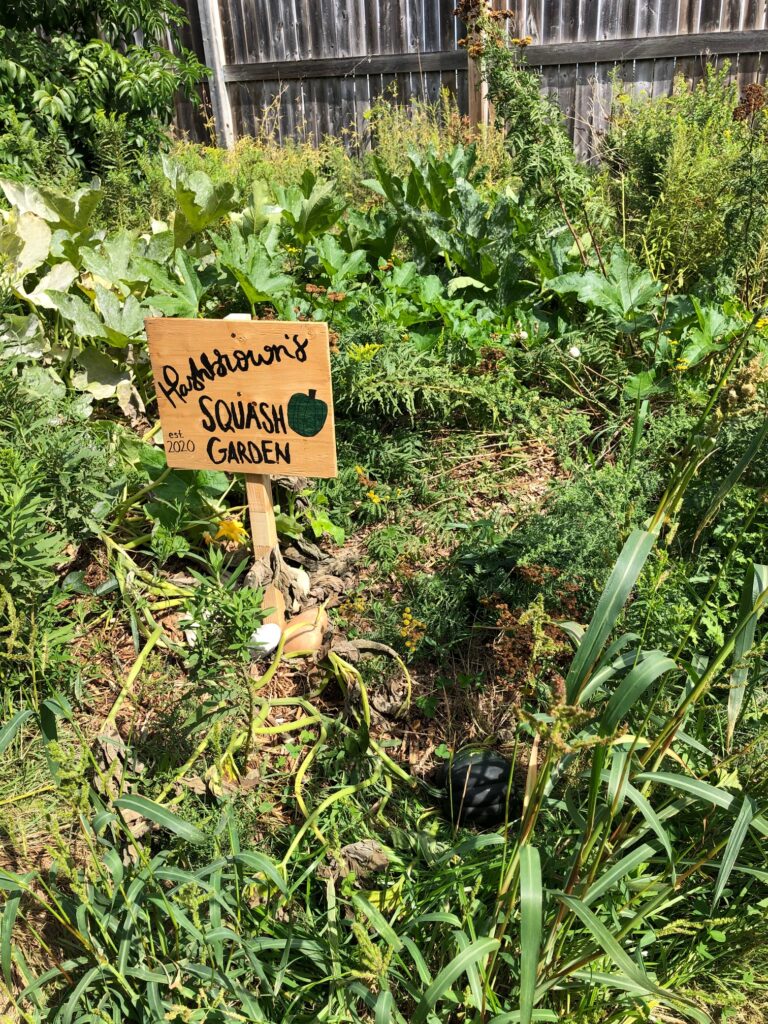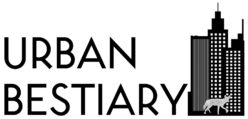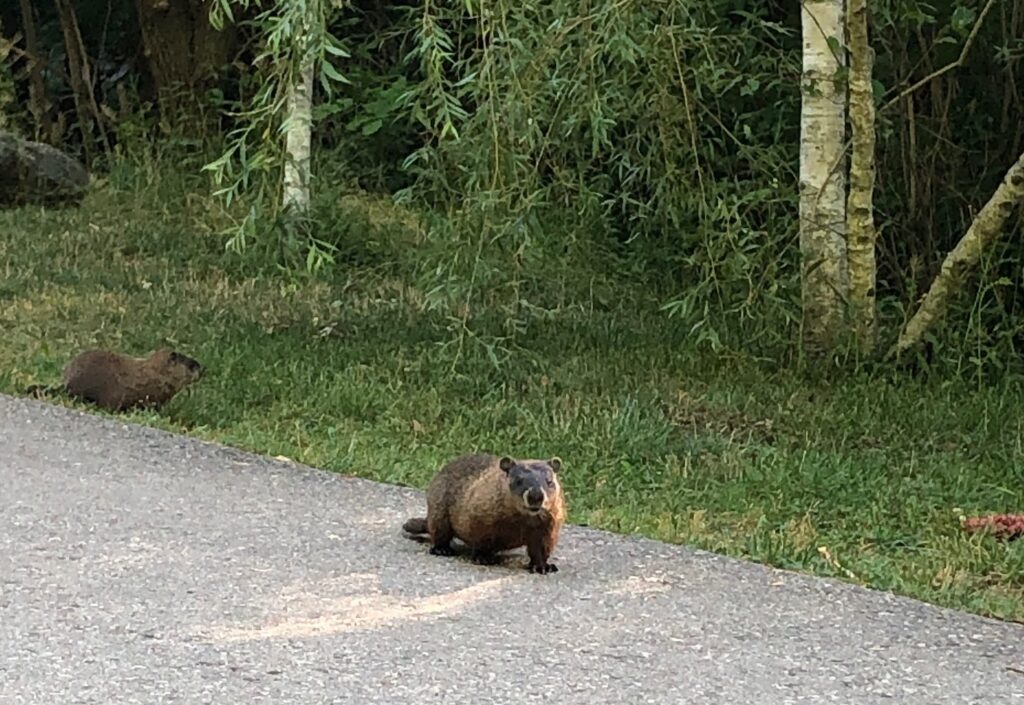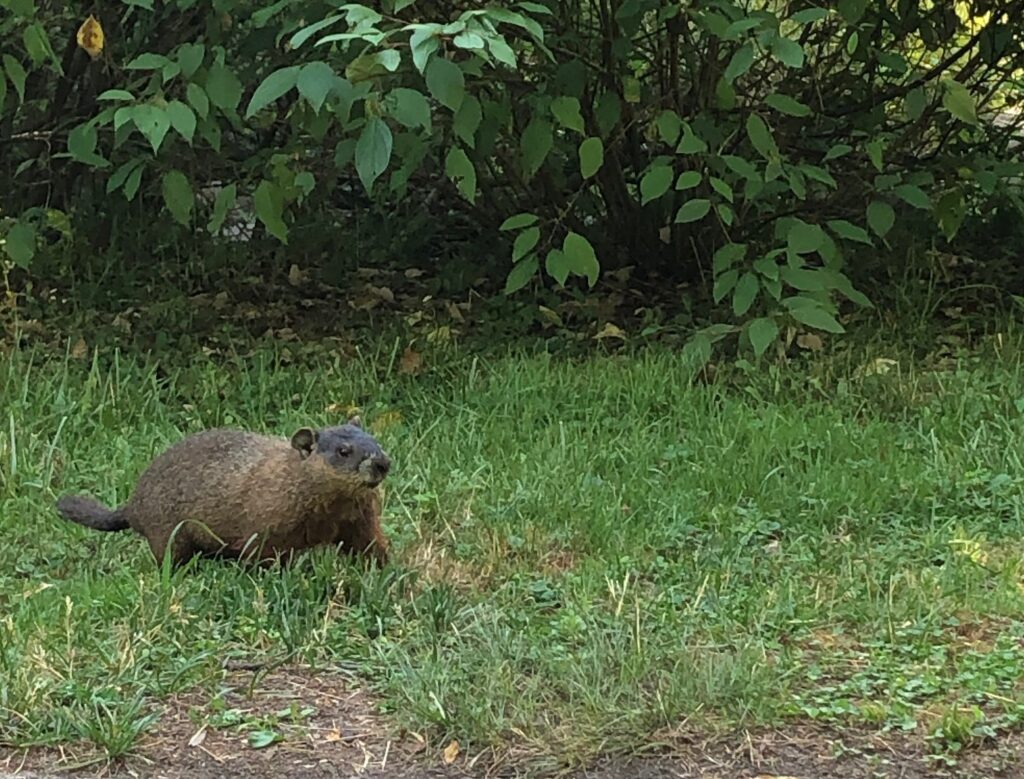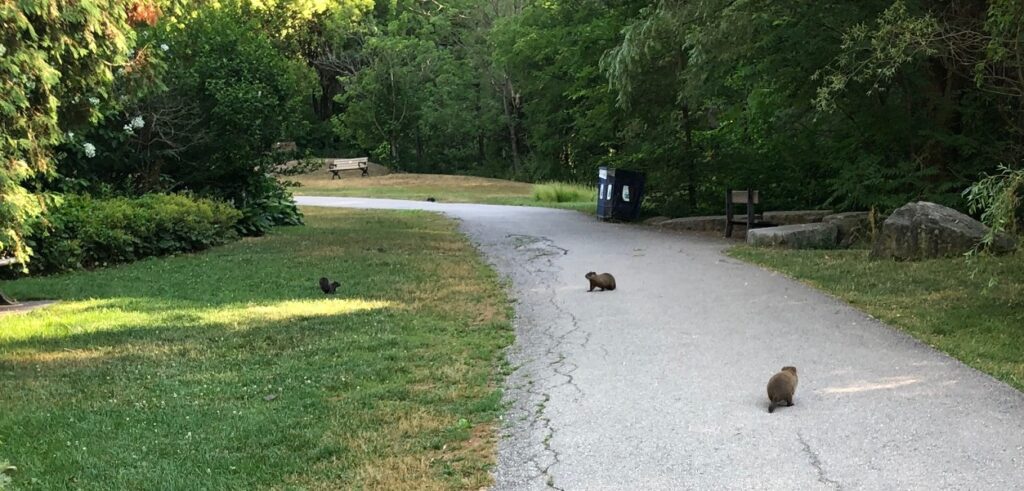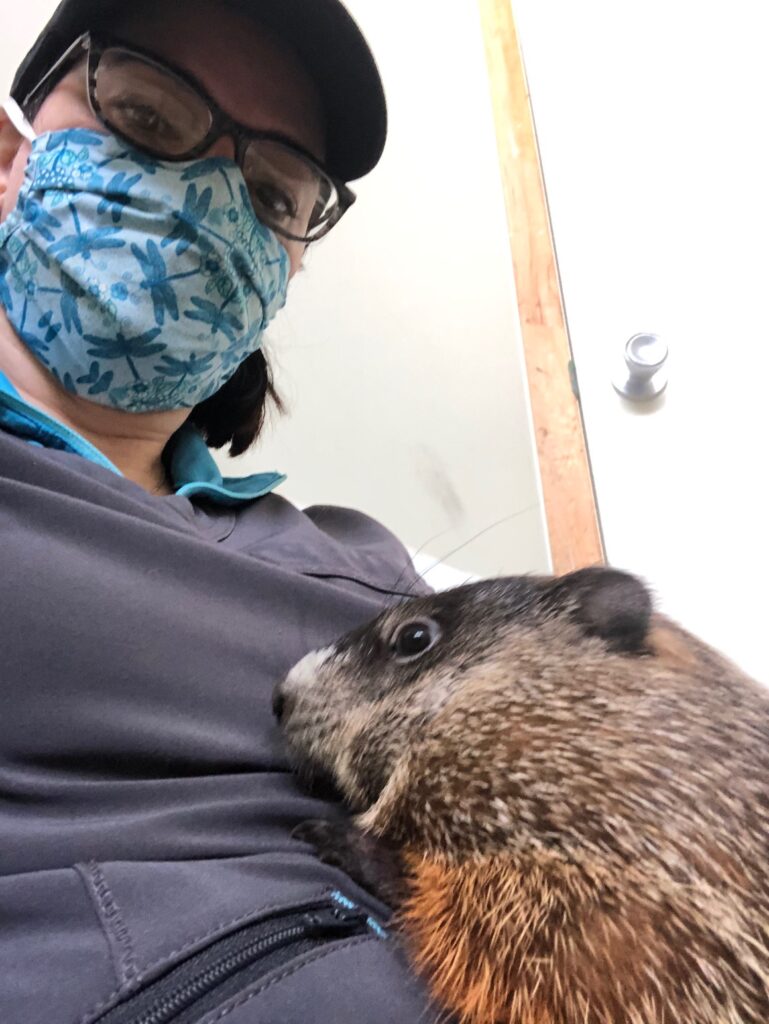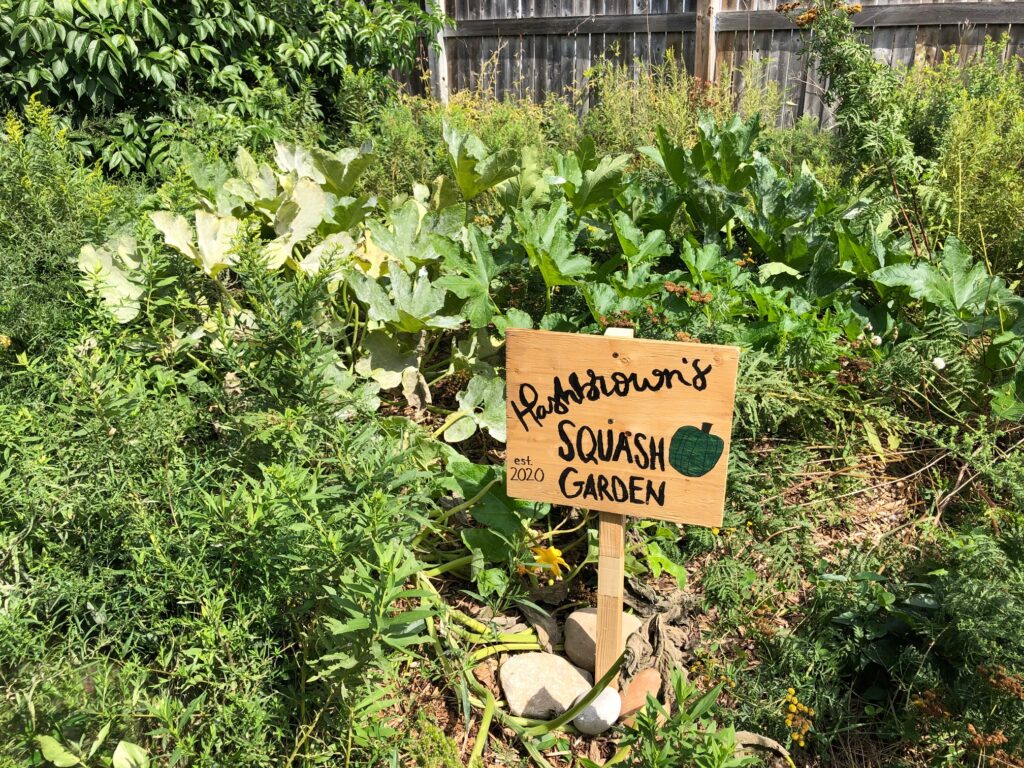
Hashbrown has a wonderful Squash Garden! Hashbrown is the education groundhog at the Toronto Wildlife Centre. (See my earlier post about her here.)
Eric, one of the staff people at the TWC, does a great job and is super creative in her enclosure, enrichment, and care. He gave me a tour of the garden when I arrived for my shift this week. The garden is awesome – and it came about organically, so to speak.
Hashbrown is fed squash as part of her diet, among other fruits and vegetables. She has her own large room at the TWC, and it has tunnels under a thick layer of mulch and greenery. There are toys and a kennel for her above the mulch ground.
Eric has been cleaning and improving her room for months. He dumps her dirty mulch at a certain spot in the grounds — and it started sprouting!
Apparently from Hashbrown was passing the seeds in her seed-filled poop. The mulch was being dumped into a site with plenty of fertilizer, sunshine, rain, and wind protection. It started routing and growing! Recently Eric asked Lauren, another staff person, to make a sign, and together they created this adorable garden marker.
It is now growing big healthy squash!
